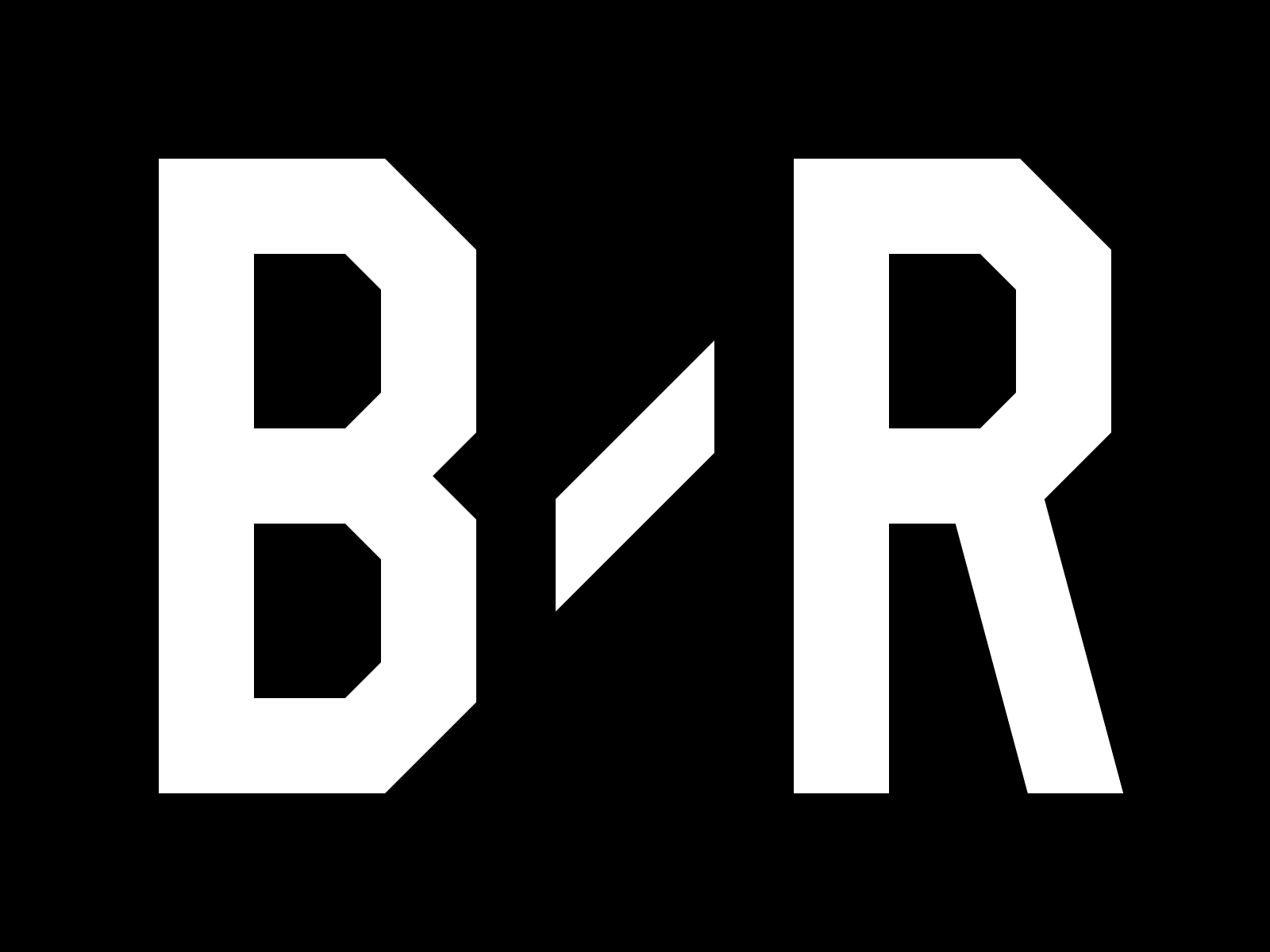Ask most people who is the greatest footballer of all time, and more than likely they will say Pelé.
But if Pelé had been denied the chance to play in three World Cups by a World War, politics, and cruel injury, and an Argentinean by the name of Alfredo Di Stéfano had the opportunity to shine on the world stage, maybe the popular view would be a little different.
Born 14 years before Pelé, Alfredo Di Stéfano was the greatest player of his time, of that there's no doubt. Representing Spain, Argentina and Colombia at international level, securing a record five consecutive European Cup titles for Real Madrid, European Footballer of the Year twice in three years in the late 1950s, here is the player described by his coach at Real Madrid, Miguel Munoz:
"The greatness of Di Stéfano was that, with him in your side, you had two players in every position."
Di Stéfano was total football way before Rinus Michel's Ajax revolution in the 1960s. Defending, attacking, stopping goals, scoring goals, setting up goals, with pace, vision and strength, and all with a fighting spirit.
A quick run through Di Stéfano's career should be enough to convince you of the man's greatness.
Club Football: South America
Born in the suburbs of Buenos Aires on July 4th, 1926, Alfredo was the eldest son of Italian parents. His early years were spent working on his parents' farm, before, aged 12, he joined a youth team called Los Cardales. After winning the amateur championship with Los Cardales, Di Stéfano signed for River Plate when he was just 15, and by 16 had forced his way into the first team squad. River Plate, however, were already well-stocked with strikers, and loaned Di Stéfano to Atletico Huracan.
Di Stéfano was recalled to River Plate in 1947, and "La Saeta Rubia" (The Blond Arrow), as he became known, immediately made an impact, becoming the leading scorer in the league, with 27 goals in 30 games.
River Plate won the title comfortably that year, and again in 1948. A players strike in 1949 saw many Argentine players hop across the border to Colombia, to play in the then unofficial Di Mayor League. Di Stéfano helped his new club Los Millonarios dominate Di Mayor over the coming seasons, winning the league title in 1949, 1951, 1952, and 1953.
Di Stéfano scored 267 goals in his short time at the club, making him Millonarios' second highest scorer of all time.
Club Football: Spain
Real Madrid and rivals Barcelona both tried to sign Di Stéfano, with Real negotiating with Millionairos, and Barcelona with River Plate, with whom Di Stéfano was still contracted. The Spanish FA suggested that he should be able to play for both teams, changing from one to the other at the end of each season.
When Di Stefano rejected this, and the Catalan side's idea of both clubs selling their share in the player to Italian side Juventus, Real were able to sign him for a measly £70,000. It was to become one of the greatest signings the club (or any club) would ever make. Real Madrid won the Spanish league that season and this success paved the way for the European glory and domination.
The European Cup, launched in the 1955/6 season, might just as well have been called the Real Madrid Cup in its first few years. In the first final, played in Paris on 13 June 1956, Real Madrid beat a strong Remis side that included French genius Raymond Kopa.
The following year, this time stronger after signing Kopa, Real Madrid defeated Fiorentina 2-0 to lift the trophy again. Milan were the victims a year later, losing 3-2 to Real in extra time. For the 1958/59 season, Real signed the ridiculously good Ferenc Puskas, giving them an attacking force of Puskas, Kopa, and Di Stéfano, surely the greatest trio of attacking players ever to grace the same side.
Real Madrid again won the European Cup, beating Reims 2-0 in Stuttgart in front of a crowd of 80,000. At Hampden Park, Glasgow, on 18 May 1960, in front 130,000 Real Madrid beat Eintracht Frankfurt 7-3.
That was the end of Real's run of success in the European Cup until the late 1990's. Di Stéfano scored in five successive finals, and was instrumental in helping Real win all five finals. In 1960, he also helped Real to the first Intercontinental Cup, beating Penarol of Uruguay.
While playing for Real Madrid, Di Stéfano also won the European Footballer of the Year award, in 1957, and again in 1959. Di Stéfano played in two more European Cup finals with Real Madrid, losing 5-3 to a Benfica side in 1962 that featured Eusebio, (which lost to Pele's Santos side in the InterContinental Cup), and 3-1 to Inter Milan in the 1964 final.
International Career
Di Stéfano represented three nations during his career, playing for Argentina, Colombia, and Spain. His international career began when Di Stéfano was a 21 year old, selected for Argentina in the 1947 Copa America (South American Championship).
Di Stéfano established himself as a star immediately, scoring six goals in the competition, and leading Argentina to victory. Di Stéfano was the second leading scorer of the competition.
While exiled in Columbia, the Colombian FA asked Di Stéfano to play for their national side, Di Stefano obliged, so Colombia became his second international team, for only four matches. While in Spain, Di Stéfano established himself on the international scene, scoring 23 goals in 31 games for his newly adopted homeland.
If there is one reason why Alfrédo Di Stefano is not remembered better for his great achievements and as a challenger to Pelé's generally accepted title as the greatest player ever it is this: Despite being capped by three countries, and playing at the top level of professional football for 20 years, Di Stéfano never played in the FIFA World Cup Finals.
In 1950, Argentina were one of many teams to withdraw from the competition, the first to be played after World War II. In 1954, having played for Argentina and Colombia, Di Stéfano was ruled by FIFA to be ineligible to appear for Spain, a decision not reversed until 1957, when Di Stéfano was 31. He scored a hat-trick on his debut against Holland.
In 1958, Spain failed to qualify for the finals, and in 1962, having been selected for the Spanish squad, Di Stéfano injured himself just before the tournament began. So one of the world's greatest footballers was denied the chance to grace the world's greatest tournament.
In the past, in order to be one of the greats in Football, you had to participate in the FIFA World Cup. It was the one chance to prove yourself against the best in the world. Nowadays, with TV broadcasting matches world wide, you can easily prove to the world if you have the skills and talents necessary to be considered "great." Di Stéfano never had this chance, so he is not as well known as others.
It is hard to compare players. But I have to admit, doing research and speaking to those that saw Di Stéfano play, he may be the best all-around player to feature on a pitch.



Read 0 Comments
Download the app for comments Get the B/R app to join the conversation